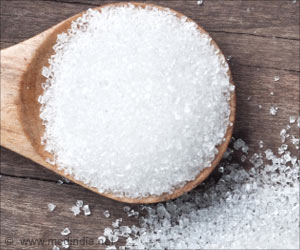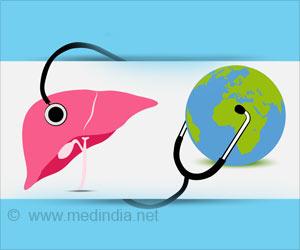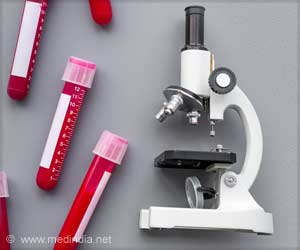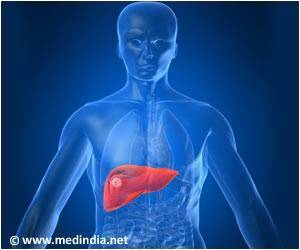
‘The regenerative cell therapy boosts motor neuron survival by repairing the blood-spinal cord barrier. ’
Tweet it Now
The progressive degeneration of nerve cells that control muscle movement (motor neurons) eventually leads to total paralysis and death from ALS. Each day, an average of 15 Americans are diagnosed with the disease, according to the ALS Association. Damage to the barrier between the blood circulatory system and the central nervous system has been recognized as a key factor in the development of ALS. A breach in this protective wall opens the brain and spinal cord to immune/inflammatory cells and other potentially harmful substances circulating in peripheral blood. The cascade of biochemical events leading to ALS includes alterations of endothelial cells lining the inner surface of tiny blood vessels near damaged spinal cord motor neurons.
This latest study by lead author Svitlana Garbuzova-Davis, PhD, and colleagues at the USF Health Morsani College of Medicine's Center of Excellence for Aging & Brain Repair, builds upon a previous study showing that human bone marrow-derived stem cells improved motor functions and nervous system conditions in symptomatic ALS mice by advancing barrier repair. However, in that earlier USF study the beneficial effect was delayed until several weeks after cell transplant and some severely damaged capillaries were detected even after a high-dose treatment. So in this study, the researchers tested whether human EPCs - cells harvested from bone marrow but more genetically similar to vascular endothelial cells than undifferentiated stem cells - would provide even better BSCB restoration.
ALS mice were intravenously administered a dose of human bone-marrow derived EPCs. Four weeks after transplant, the results of the active cell treatment was compared against findings from two other groups of mice: ALS mice receiving a media (saline) treatment and untreated healthy mice.
The symptomatic ALS mice receiving EPC treatments demonstrated significantly improved motor function, increased motor neuron survival and slower disease progression than their symptomatic counterparts injected with media. The researchers suggest that these benefits leading to BSCB repair may have been promoted by widespread attachment of EPCs to capillaries in the spinal cord. To support this proposal, they point to evidence of substantially restored capillaries, less capillary leakage, and re-establishment of structural support cells (perivascular astrocytes) that play a role in helping form a protective barrier in the spinal cord and brain.
Advertisement
Source-Eurekalert









